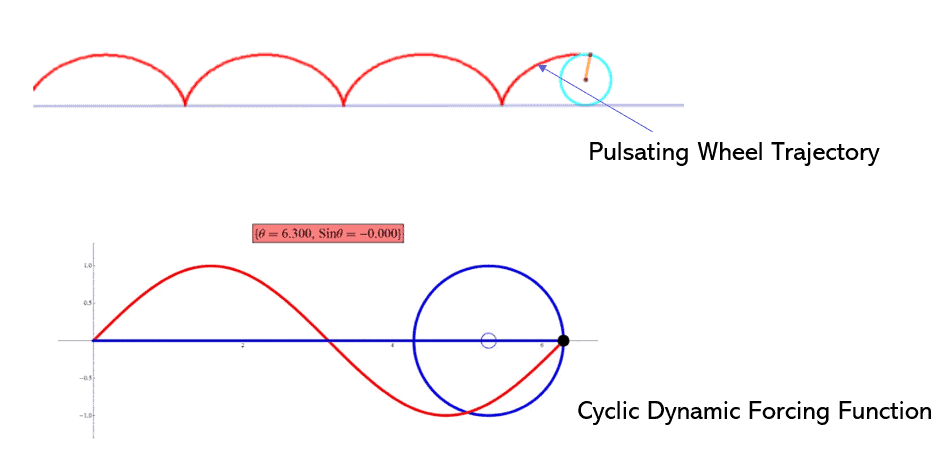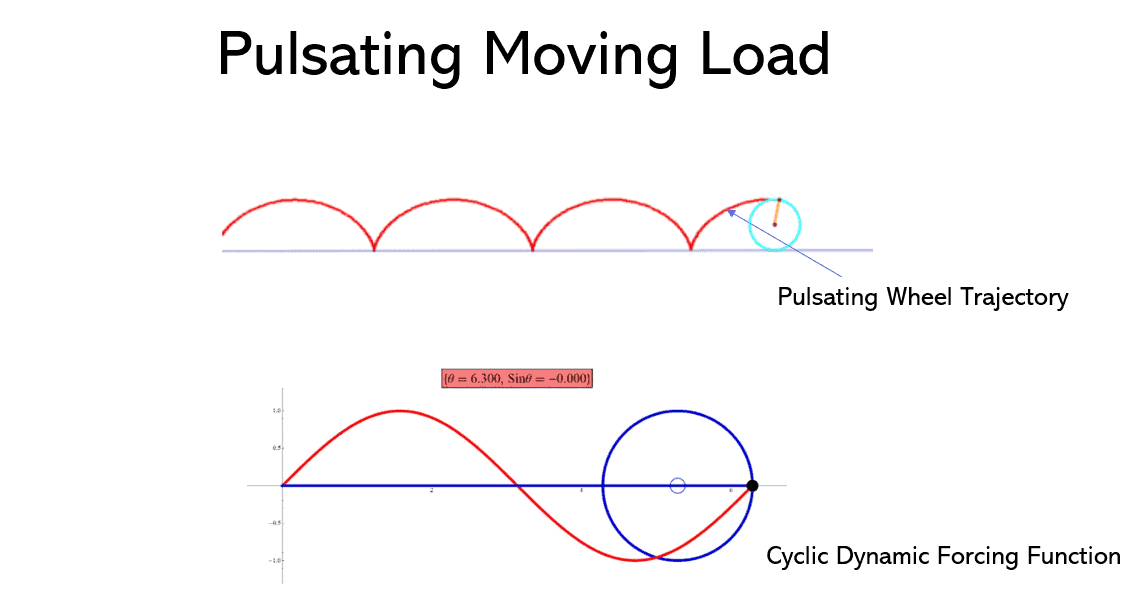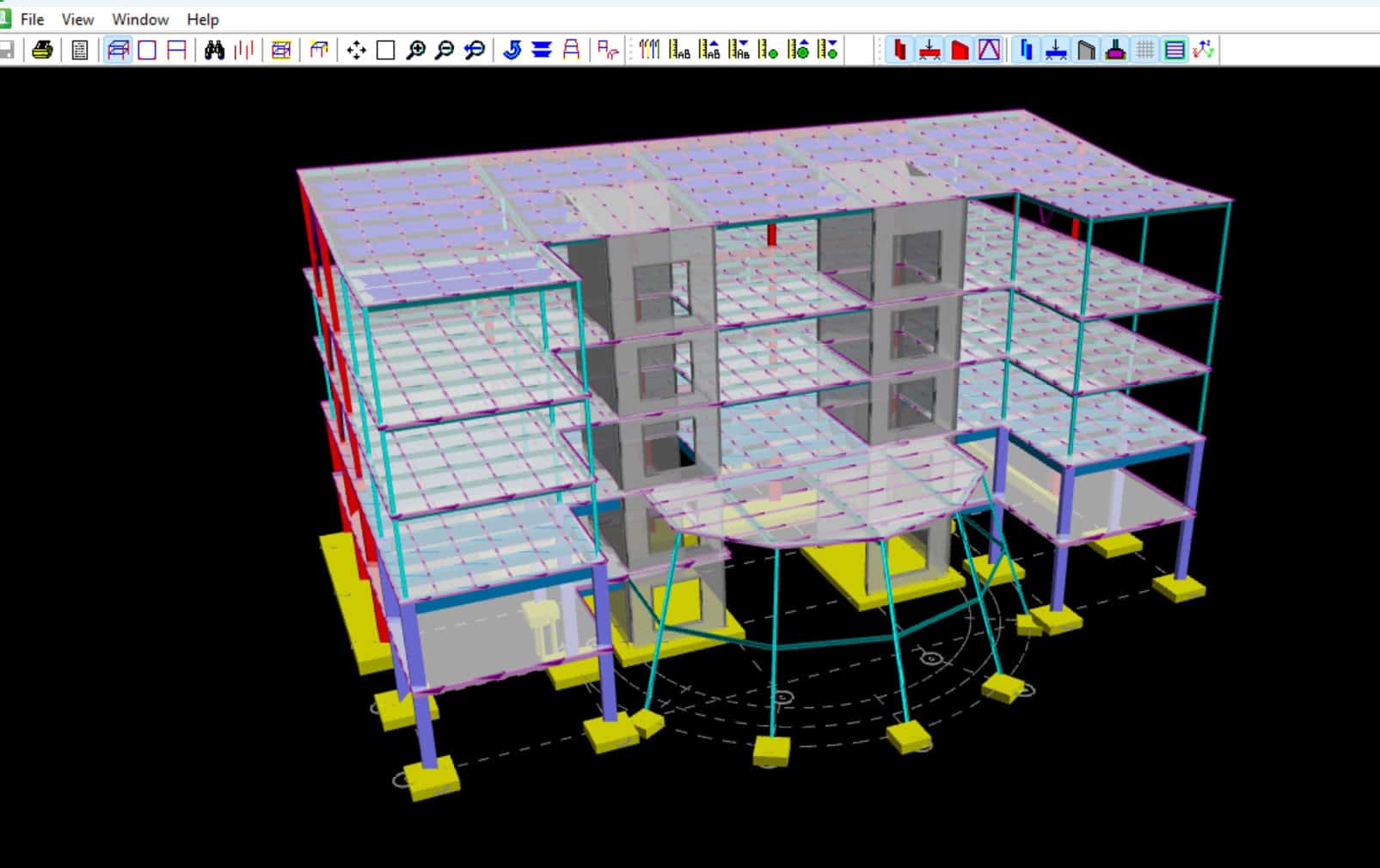This content delves into the fascinating subject of pulsating moving loads on bridges, flyovers, and similar structures. Also known as dynamic moving loads, these forces are generated by the periodic vertical force of moving vehicle wheels, caused by an unbalanced mass. This unbalanced mass can be caused by a number of factors, such as uneven weight distribution within the vehicle, or a defect in the wheel itself.
Structural analysis software like STAAD is widely used to simulate the static response of moving loads on structures. However, simulating the dynamic effects of pulsating moving loads is not as straightforward. The video expertly guides you through the process of using STAAD’s time history feature to simulate the dynamic response of a structure to a pulsating moving load.
The video guides a step-by-step explanation of how to effectively use the time history feature in STAAD. From understanding the parameters that must be considered when setting up the simulation, such as speed and frequency of the load, to interpreting and analyzing the results of the simulation to gain proper understanding of the dynamic behavior of the structure under the applied load.
Overall, the video offers a comprehensive and engaging look into the complex subject of pulsating moving loads and provides valuable insights for anyone interested in understanding and simulating the dynamic response of structures under these loads.







